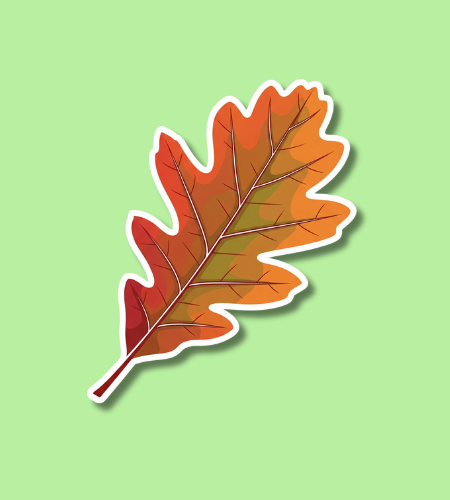World Nature Conservation Day on July 28, observed annually, serves as a global reminder of the urgent need to protect Earth’s natural resources and biodiversity for current and future generations.
History of World Nature Conservation Day
The roots of this observance can be traced back to the early conservation movement of the late 19th and early 20th centuries, when pioneers like John Muir and John Evelyn championed the protection of wildlife and natural landscapes. The day itself was formally recognized during the 1972 United Nations Conference on the Human Environment in Stockholm, coinciding with the 10th anniversary of the World Heritage Convention, marking a tipping point for global environmental awareness.
Since then, July 28 has been observed yearly to spotlight conservation—highlighting the importance of preserving clean air, fertile soil, forests, wetlands, and wildlife habitats. It has also become a platform for celebrating successes and spurring collective action through partnerships among governments, NGOs, and local communities.
Why is World Nature Conservation Day important?
It’s a sobering reminder that rapid industrial growth, deforestation, pollution, and habitat loss have jeopardized the delicate balance of our ecosystems. When forests shrink or wetlands disappear, biodiversity suffers—and humanity feels the impact through climate instability, water shortages, and disrupted food chains. A day dedicated to conservation invites us to recall that protecting nature isn’t just a pastime—it’s essential for survival, our health, and the well-being of future generations.
But this day is also a celebration of what’s possible. It brings together people who plant trees, clean beaches, protect species, and shape sustainable policy. From local workshops to global campaigns, it’s a moment to recognize the individuals already making a difference and to inspire more of us to take tangible action in our own backyards.
- taking part makes local nature feel valued
- cleaning up reminds us everyday choices matter
- planting a tree connects you to hope
- celebrating victories fuels future efforts
- sharing knowledge empowers communities
5 Meaningful Ways to Celebrate World Nature Conservation Day
- Join Local Environmental Activities
Take part in clean-ups or community conservation projects to make a hands-on impact and inspire others. - Donate to Environmental Organizations
Support groups like Greenpeace to fund conservation efforts, research, and environmental education. - Learn and Raise Awareness
Stay informed about environmental issues and share what you learn to inspire collective action. - Adopt Sustainable Habits
Reduce plastic use, save water, and choose eco-friendly transport to lower your environmental footprint. - Create or Support Environmental Petitions
Use platforms like SAWT to push for change, sign petitions, or start your own to protect the planet. 1
How to Observe World Nature Conservation Day
Begin simply: plant a native tree or organize a cleanup at your local park or river—these actions speak volumes. Share what you do online to encourage others, and join workshops or webinars to learn how small, consistent efforts can add up to big conservation win.
In communities or workplaces, propose a “sustainable pledge” challenge—reduce single-use plastics, support biodiversity-friendly gardening, or lobby for green spaces. Make it social, fun, and educational. Even hosting a nature talk or sharing themed artwork can spark conversations that ripple outward.
- plant something native near home or school
- reduce plastic use and talk about it
- join a river or beach cleanup effort
- encourage green habits in your community
- attend or share a conservation webinar
World Nature Conservation Day Dates Table
| Year | Date | Day |
|---|---|---|
| 2025 | July 28 | Monday |
| 2026 | July 28 | Tuesday |
| 2027 | July 28 | Wednesday |
| 2028 | July 28 | Friday |
| 2029 | July 28 | Saturday |
Subscribe to our newsletter and never miss a holiday again!

